“With all of these shootings nobody’s looking at the pharmaceutical contribution to that,” said Robert F. Kennedy, Jr. “Anecdotally, it appears that almost every one of these shooters were on SSRIs or some other psychiatric drug. And this is only happening in America where all of these people are taking these psychiatric drugs. We take four times as many [psychiatric drugs] as any other country in the West.”
“The average European country, something happened,” he continued. “Prior to the introduction of Prozac, those shootings just were almost unknown, and now they’re an everyday affair. But NIH will not study that because it will offend the pharmaceutical industry. And it’s something that we ought to be studying.”
This year’s killing spree by 28-year-old Audrey Hale at the Christian Covenant School and Church in Nashville, TN was the latest in a series of mass shootings in a country that has grown increasingly unnerved by school, church and public killings.

Reporting on the November 5, 2017 church shooting in Sutherland Springs, Texas, I interviewed family members of the injured and deceased and met with local officials in the La Vernia area, about 30 minutes southwest of San Antonio in the aftermath.
Devin Patrick Kelley, 26, opened fire during church services on the First Baptist Church killing 26 people and injuring 20 more, with victims ranging in age from 18 months to 77 years old.
He was later found dead in a pickup after he was shot and chased by two men who heard the gunfire at the church.


The autopsy released by the Travis County Medical Examiner’s Office reported that Kelley died from a self-inflicted gunshot wound. The autopsy also reported that toxicology tests detected marijuana and anti-anxiety drugs in his system.
As of this writing, toxicology information regarding the transgender Audrey Hale in the Nashville church shooting has not been made public. However, I have suspicions–based on history of such shootings–psychiatric drugs could be involved.
A review of scientific literature published in Ethical Human Psychology and Psychiatry regarding the “astonishing rate” of mental illness over the past 50 years revealed that it’s not “mental illness” linked to increased acts of violence, but, rather, the psychiatric drugs prescribed to treat it.
Mass shootings, particularly school and church shootings, have tragically become a topic of everyday conversation in America – and invariably, people ask why the shooter was motivated to commit these crimes.
In recent years, especially after the dishonesty in politics, government agencies, Big Pharma and Big Media, more Americans are focusing on one factor that has been associated with dozens of mass shootings: Distrust in the medical and pharmaceutical industries, especially in regard to psychiatric medication use.
A great many school or mass shooters were taking or withdrawing from psychiatric medications at the time of their assaults.
In other cases, the shooters had a long history of taking these medications, and appeared to worsen over time, but it is unclear whether they were under the direct influence of the drugs when they committed their crimes. The privacy of medical records is often a key barrier to uncovering the role psychiatric drugs played in the violence.
Research has already shown that certain psychiatric drugs can make people psychotic, aggressive, suicidal and even homicidal. These are proven drug reactions, not symptoms of a mental illness.
On June 17, 2015, in Lexington, South Carolina, 21-year-old Dylann Storm Roof killed nine people at the Emanuel African Methodist Episcopal Church.

Roof walked into a Bible study class, stayed until it was just about over and then began shooting the victims.
John Mullins, who went to school with Roof, said: “He used drugs heavily a lot” and said he was a pill-popper, “Like Xanax, and stuff like that.”

Prior to the shooting, in February 28, 2015, Roof was arrested for drug possession at a mall in Columbia and was found to have strips of Suboxone. He did not have a prescription for the drug, which is commonly sold illegally on the street. He was sentenced to death.
Many remember the July 20, 2012 Aurora, Colorado movie theater shooting during a midnight showing of a Batman movie, “The Dark Knight Rises.”
James Holmes,24, entered and opened fire, killing 12 people and wounding 70. Officers found Holmes by his car behind the theater and arrested him.
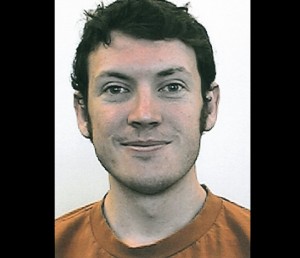
His psychiatrist testified that she had prescribed Holmes the antidepressant sertraline and antianxiety drug clonazepam. In a recorded interview with Holmes, he was asked if the shootings would not have taken place if he hadn’t taken the prescribed drugs.
Holmes reply was, “I’d say it was a possibility.”
A search on the FDA Medwatch system shows that on March 22, 2023, four strengths of Daytrana, worn to help children and adolescents diagnosed with ADHD, have been recalled nationwide by Noven Pharmaceuticals’ Miami office. That’s a good thing.
But what is not so good is that between 2004 and 2012, there were 14,773 reports to the U.S. FDA’s MedWatch system on psychiatric drugs causing violent side effects including:
• 1,531 cases of homicidal ideation/homicide,
•3,287 cases of mania
•8,219 cases of aggression. Note:
(The FDA estimates that less than 1% of all serious events are ever reported to it, so the actual number of side effects occurring are most certainly higher. Data hasn’t been updated so we can assume the FDA Medwatch system is about as unreliable as their vaccine injuries database, VAERS.)
Today, 27 international drug regulatory agency warnings cite side effects including mania, violence, psychosis, and even homicidal ideation.
February 2, 2001 – Red Lion, Pennsylvania: 56-year-old William Michael Stankewicz entered North Hopewell-Winterstown Elementary School with a machete, leaving three adults and 11 children injured. Stankewicz was taking four different drugs for depression and anxiety weeks before the attacks.
The below list includes individuals documented to have been under the influence of psychiatric drugs—not only including mass shootings—but the use of knives, swords, and bombs.
May 7, 2019 – Denver, Colorado: Alec McKinney, 16, and Devon Erickson, 18, opened fire on a classroom of students at STEM (Science, Technology, Engineering, and Mathematics) School Highland Ranch and killed one and injured 8 others.

McKinney had been hospitalized twice in the previous few years, once for mixing the anti-anxiety drug Xanax (a benzodiazepine) with alcohol and for cutting himself while on vacation, according to witness testimony from Robert Benge, a psychiatric nurse practitioner who counseled McKinney. In 2018, he prescribed McKinney ADHD medication in addition to antidepressants and mood stabilizers that the teen was already taking.

May 2018 – Santa Fe, Texas: Dimitrios Pagourtzis, 17, entered Santa Fe High School shooting and killing 10 people and wounding 10 others. He was on psychiatric medication.
May 1, 2017 – Austin, Texas: Kendrex J. White, 21, stabbed four people with a machete-like hunting knife at the University of Texas, killing one and wounding three.

After he was arrested, White told police he did not remember the attack. When an officer spoke to him, White said he had taken two “happy pills,” listed as the antidepressant Zoloft.
November 20, 2014 – Tallahassee, Florida: 31-year-old Myron May, a Florida State University alum, opened fire in the school’s library where hundreds of students were studying, wounding three before he was shot and killed by police.

According to May’s friends, after going to see a psychologist because of trouble concentrating, he had been prescribed the antidepressant Wellbutrin and the ADHD drug Vyvanse, a combination that can cause paranoia. He started acting strangely and hearing voices, convinced that he was being spied on. He then checked himself into a mental health center called Mesilla Valley Hospital around September 2014. Shortly after this, his friends discovered a new pill bottle among his prescriptions, the antipsychotic Seroquel. A half-filled prescription for the antianxiety drug Hydroxyzine was found in his apartment after the shooting.
June 5, 2014 – Seattle, Washington: 26-year-old Aaron Ybarra opened fire with a shotgun at Seattle Pacific University, killing one student and wounding two others.

Ybarra planned to kill as many people as possible and then kill himself. In 2012, Ybarra reported that he had been prescribed the antidepressant Prozac and the antipsychotic Risperdal.
April 25, 2014 – Milford, Connecticut: 16-year-old Chris Plaskon stabbed Maren Sanchez, also 16, to death in a stairwell at Jonathan Law High School after she turned down his prom invitation.

According to classmates and a former close friend, Chris was taking drugs for ADHD.
October 21, 2013 – Sparks, Nevada: 12-year-old Jose Reyes opened fire at Sparks Middle School, killing a teacher and wounding two classmates before committing suicide.

The investigation revealed that he had been seeing a psychotherapist 3 days before the shooting and was prescribed an antidepressant. He had a generic form of the antidepressant Prozac (fluoxetine) in his system at the time of death, police said.
January 15, 2013 – St. Louis, Missouri: 34-year-old Sean Johnson walked onto the Stevens Institute of Business & Arts campus and shot the school’s financial aid director once in the chest (he survived), then shot himself in the torso.
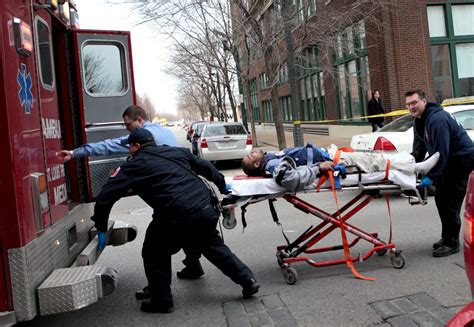
Johnson had been taking prescribed drugs for an undisclosed mental illness.
October 24, 2011 – Snohomish County, Washington: A 15-year-old girl went to Snohomish High School where police said she stabbed a girl as many as 25 times just before the start of school, and then stabbed another girl who tried to help her injured friend.

Prior to the attack the girl had been taking “medication” and seeing a psychiatrist. Court documents said the girl was being treated for depression.
September 21, 2011 – Myrtle Beach, South Carolina: 14-year-old Christian Helms had two pipe bombs in his backpack when he shot and wounded Socastee High School’s “resource” (police) officer.

However, the officer was able to stop the student before he could do anything further. Helms had been taking drugs for attention deficit hyperactivity disorder and depression.
February 5, 2010 – Huntsville, Alabama: 15-year-old Hammad Memon shot and killed another Discover Middle School student Todd Brown.
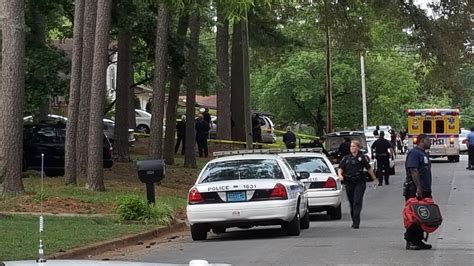
Memon had a history of being treated for ADHD and depression. He was taking the antidepressant Zoloft and “other drugs for the conditions.” He had also been seeing a psychiatrist and psychologist.
April 24, 2008 – Fresno, California: 17-year-old Jesus “Jesse” Carrizales attacked an officer at Fresno High School, hitting him in the head with a baseball bat.
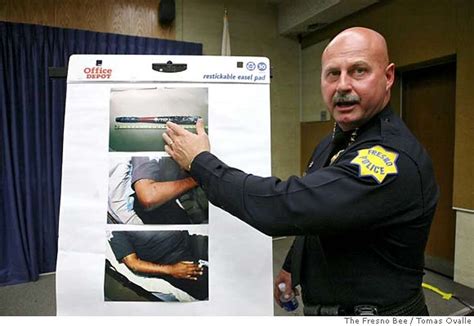
After knocking the officer down, the officer shot Carrizales in self-defense, killing him. Carrizales had been prescribed Lexapro and Geodon, and his autopsy showed that he had a high dose of the antidepressant Lexapro in his blood that could have caused him to be paranoid, according to the coroner.
February 14, 2008 – DeKalb, Illinois: 27-year-old Steven Kazmierczak shot and killed 9 students and a teacher, and wounded another student, before killing himself.

He was taking an SSRI and alprazolam (Xanax). He was also seeing a psychologist.
November 7, 2007 – Tyler, Texas: 17-year-old Felicia McMillan returned to her former Robert E. Lee High School campus and stabbed a male student, and wounded the principal with a knife. McMillan had been on drugs for depression and had just taken them the night before the incident.
October 10, 2007 – Cleveland, Ohio: 14-year-old Asa Coon stormed through his school with a gun in each hand, shooting and wounding four before taking his own life. Coon had been prescribed the antidepressant Trazodone.
January 19, 2007 – Sudbury, Massachusetts: 16-year-old John Odgren stabbed another student to death with a large kitchen knife in a boy’s bathroom at Lincoln-Sudbury Regional High School. Odgren was prescribed the drug Ritalin.
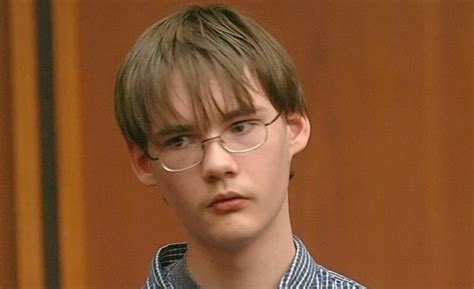
December 4, 2006 – North Vernon, Indiana: 16-year-old Travis Roberson stabbed another Jennings County High School student in the neck, nearly severing an artery. Roberson was in withdrawal from Wellbutrin, which he had stopped taking days before the attack.
August 30, 2006 – Hillsborough, North Carolina: 19-year-old Alvaro Rafael Castillo shot and killed his father, then drove to Orange High School where he opened fire. Two students were injured in the shooting, which ended when school personnel tackled him. His mother said he was on drugs for depression.
April 24, 2006 – Chapel Hill, North Carolina: 17-year-old William Barrett Foster took a shotgun to school and took a teacher and a fellow student hostage at East Chapel Hill High School.

After being talked out of shooting the hostages by the teacher, Foster fired two shots through a classroom window before fleeing the school on foot. Foster’s father testified that his son had stopped taking his antidepressants and antipsychotic drugs without telling him.
November 8, 2005 – Jacksboro, Tennessee: Kenneth Bartley, 14, a student at Campbell County Comprehensive School, shot and killed the assistant principal and wounded another assistant principal and the principal. He was taking Xanax at the time of the shooting. Just before the shooting, Bartley had also snorted a crushed Valium pill.
March 21, 2005 – Red Lake, Minnesota: 16-year-old Jeff Weise, on Prozac, shot and killed his grandfather and his grandfather’s girlfriend then went to his school on the Red Lake Indian Reservation where he shot dead 5 students, a security guard, and a teacher, and wounded 7 before killing himself.

February 9, 2004 – Greenbush, New York: 16-year-old Jon Romano strolled into his high school in east Greenbush and opened fire with a shotgun. Special education teacher Michael Bennett was hit in the leg. Romano had been taking the antianxiety drug Xanax. He had previously spent time in a psychiatric care facility.
April 10, 2001 – Wahluke, Washington: Sixteen-year-old Cory Baadsgaard took a rifle to his high school and held 23 classmates and a teacher hostage.

Three weeks earlier, his doctor had switched Baadsgaard’s prescription from Paxil to Effexor. The morning of the incident, his dosage of Effexor had been increased. Baadsgaard said he had no memory of the incident.
March 22, 2001 – El Cajon, California: 18-year-old Jason Hoffman, on the antidepressants Celexa and Effexor, opened fire on his classmates, wounding three students and two teachers at Granite Hills High School. He had been seeing a psychiatrist before the shooting.
March 7, 2001 – Williamsport, Pennsylvania: 14-year-old Elizabeth Bush was taking the antidepressant Prozac when she shot at fellow students, wounding one.

January 10, 2001 – Oxnard, California: 17-year-old Richard Lopez went to Hueneme High School with a gun and shot twice at a car in the school’s parking lot before taking a female student hostage. A SWAT officer eventually killed Lopez, who had been prescribed Prozac, Paxil and “drugs that helped him go to sleep.”
May 20, 1999 – Conyers, Georgia: 15-year-old T.J. Solomon was being treated with the stimulant Ritalin when he opened fire on and wounded six of his classmates.
April 20, 1999 – Columbine, Colorado: 18-year-old Eric Harris and his accomplice, Dylan Klebold, killed 12 students and a teacher and wounded 26 others before killing themselves.
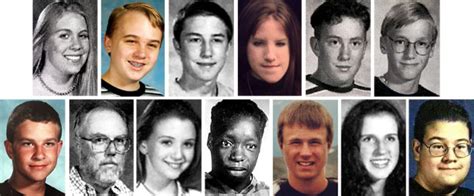
Harris was on the antidepressant Luvox. Klebold’s medical records remain sealed. Both shooters had been in anger-management classes and had undergone counseling. Harris had been seeing a psychiatrist before the shooting.
April 16, 1999 – Notus, Idaho: 15-year-old Shawn Cooper fired two shotgun rounds in his school, injuring one student. He was taking a prescribed antidepressant and Ritalin.
May 21, 1998 – Springfield, Oregon: 15-year-old Kip Kinkel murdered his parents and then proceeded to school where he opened fire on students in the cafeteria, killing two and wounding 25.

Kinkel had been taking the antidepressant Prozac. Kinkel had been attending “anger control classes” and had previously been under the care of a psychologist.
October 1, 1997 – Pearl, Mississippi: Luke Woodham, 16, shot and killed two students at Pearl High School and wounded seven others after beating and stabbing his mother to death. Public reports said the boy was taking Prozac.

October 12, 1995 – Blackville, South Carolina: 15-year-old Toby R. Sincino slipped into the Blackville-Hilda High School’s rear entrance, where he shot two teachers, killing one. Sincino killed himself moments later. He had been undergoing counseling with the Department of Mental Health and was taking Zoloft for emotional problems.
December 16, 1993 – Chelsea, Michigan: 39-year-old chemistry teacher Stephen Leith, facing a disciplinary matter at Chelsea High School, shot Superintendent Joseph Piasecki to death, shot Principal Ron Mead in the leg, and slightly wounded journalism teacher Phil Jones. Leith was taking Prozac and had been seeing a psychiatrist.
IN GOD WE TRUST

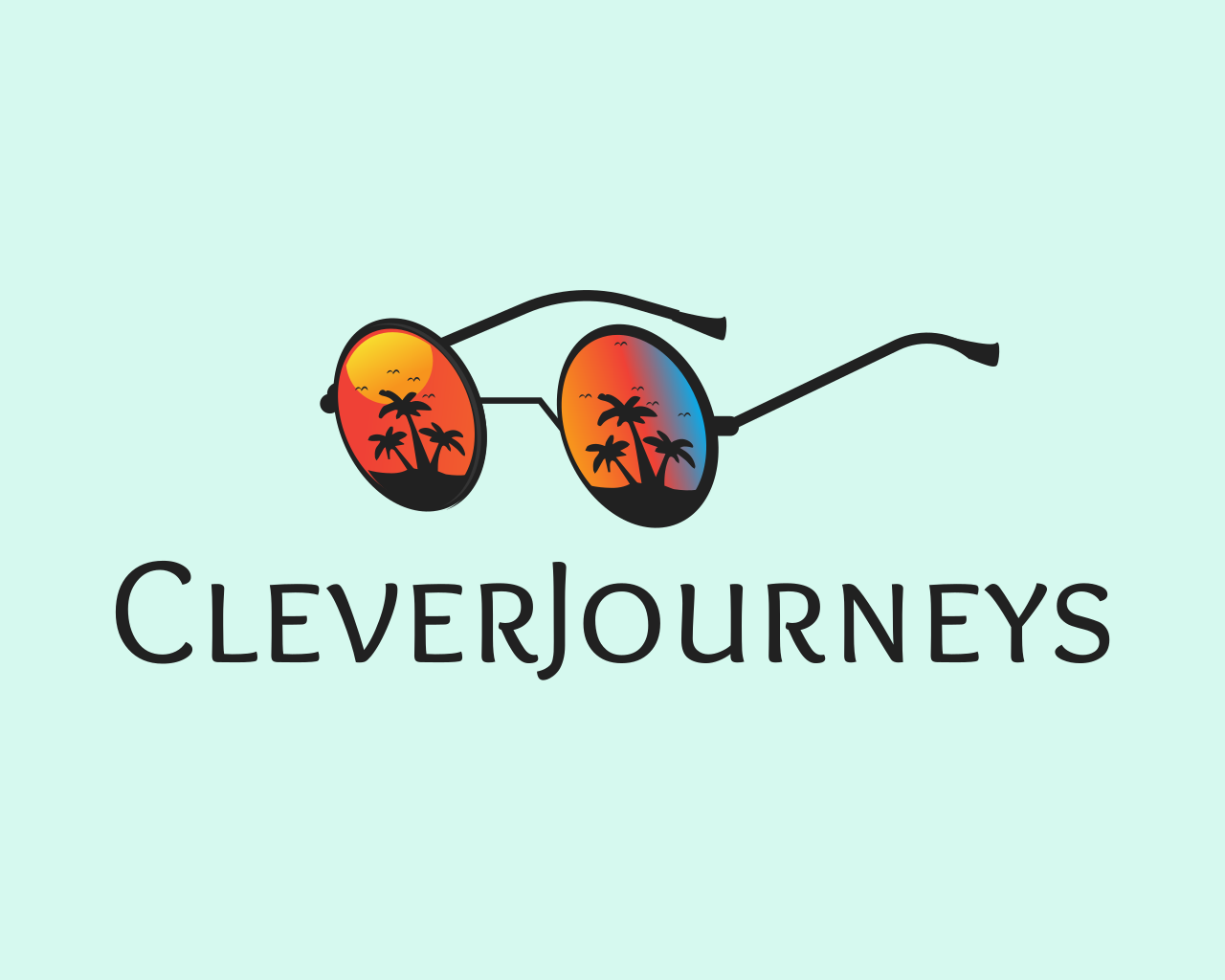




I think it is no coincidence that all of these killers were on these drugs. But I believe it goes even deeper. As someone who has been on antidepressants and anti-anxiety (Zoloft and Xanax) simultaneously, I would testify that my continued depression and anxiety while on these drugs, leading to increased drinking and some recreational drugs signified one thing—I was not turning to God as my source to help me with my problems and free me from my sin and sin patterns, and therefore I was only getting worse. Prescriptions can only take you so far—actually they only numb the problem for a time, keeping you from feeling the pain that causes you to turn to God—the only ONE who can help.
LikeLiked by 3 people
Such wisdom. Thank you for sharing again.
LikeLiked by 3 people
I totally agree with everything you wrote here. God is the only relief from depression and other mental illnesses. I’m also beginning to think that, perhaps, in many cases. these psychotropic drugs hurt more than they help because they alter the brain chemistry.
LikeLike
It’s just horrible! And what’s worse is that, even after Audrey Hale blasted her way into a Christian school and murdered 6 people, including 3 innocent children, the transgender community and activists are spreading this boldface lie that Christians are out to kill them all! What a crock!
The only reason why they are pushing this falsehood is because they plan to use it as an excuse to slaughter more Christians in the future!
Their “Transgender Day of Vengeance” flyer tells you everything you need to know about these demonic people!
LikeLiked by 2 people
Hope you are doing well.
LikeLiked by 1 person
Thank you. I’ve gone self hosted now. I’m taking a hiatus from blogging now but plan to return as soon as I recover. I hope you both had a wonderful Easter.
LikeLike
The FDA needs a complete overhaul; among others. They know this stuff and they continue ruining lives. Repentance; the only cure for hearts, desperately sick. Those kids.
LikeLiked by 2 people
Definitely.
LikeLiked by 1 person
Hello, Jack and Dodie,
My name is Jacqueline. I write Deep Roots at Home as an alternative medicine and family supportive website and we’re in our 12th year.. I believe this specific post of your would be very helpful and timely for families as it illustrates how terrible these psychotropic drugs are. I, too, am an RN and want to keep pressing this point for my readers, most of whom are parents.
I would like to ask permission to repost it as a guest post with a whole new title and url so it won’t mess with your SEO.
I would need a short bio which I could take from your site if you give permission. I would link back to your original post at top and bottom of your guest post on DRAH.
I am usually getting 8-16K views per day right now, so hopefully more will learn of the vital and helpful work you are doing there. And, I will understand if you do not wish to guest post.
Thank you for your time and consideration.
Sincerely,
Jacqueline
LikeLiked by 1 person
You are certainly welcome anytime with any of our posts to share. We appreciate you.
LikeLike
Great reporting Jack. I read a lot on the net, and in books and papers, but this problem is not mentioned. RFK is not my favorite guy, but he has good points and is not afraid to go after big Pharma and what it has done to our children. I would like to share this report, If you don’t object.
LikeLiked by 1 person
Share anything you ever want, any time. Thank you.
LikeLike